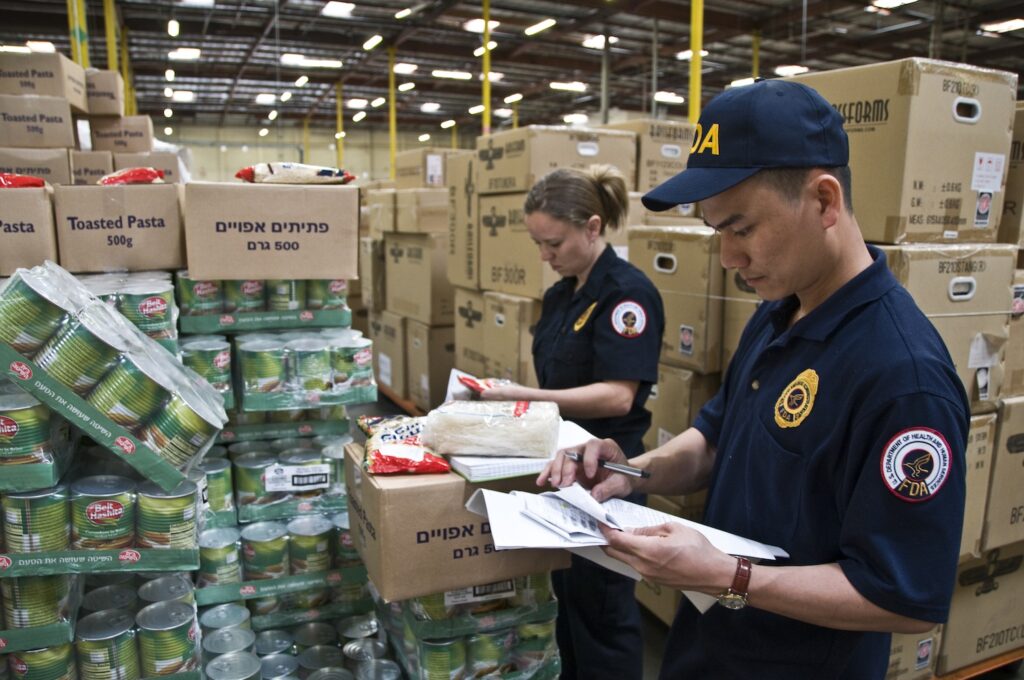This article unpacks what her inspection history reveals, the most common findings under her watch, and what you can do to be ready if she walks through your door tomorrow.
That’s why smart QA and regulatory teams don’t just prepare for an FDA inspection. They prepare for the FDA inspector.
Take Jamie R Thompson. With over 20 documented investigations, she’s earned a reputation for zeroing in on systemic weaknesses and asking the kinds of questions your SOPs might not fully answer.
This article unpacks what her inspection history reveals, the most common findings under her watch, and what you can do to be ready if she walks through your door tomorrow.
Why Inspector-Level Insights Matter
Let’s be honest: preparing for inspections is already a lot of work. So why go further and study individual inspectors?
Because the inspector’s priorities shape the inspection from the very first question. While some focus narrowly on documentation while others look deeper for signs of a strong compliance culture, expecting everyone, not just QA, to know their role.
Even though all FDA inspectors work under the same CFR chapters, each brings unique experience and focus areas. One might emphasize environmental monitoring, other data integrity, CAPAs, or supplier oversight.
Understanding these tendencies lets you tailor your preparation, audit the areas most likely to be scrutinized, and coach your team to handle the right questions confidently.
That’s what makes inspector profiles like those in Atlas Compliance so valuable. These profiles transform dry, publicly available inspection records into usable intelligence you can act on.
So, who exactly is Jamie R Thompson, and why is her inspection history worth paying attention to? Let’s take a closer look.
Who Is Jamie R Thompson?
Jamie R Thompson is an experienced FDA field investigator who has conducted more than 20 inspections at facilities across the United States in recent years.
She’s worked with a variety of manufacturers, including:
- Pharmaceutical manufacturing plants
- Sterile injectable drug facilities
- Medical device manufacturers
Among the organizations she’s inspected are mid-sized generic drug makers, sterile compounding pharmacies, and a handful of high-profile device companies.
Here’s a quick snapshot of her record:
- Total inspections: 232
- Form 483s issued: 67
- Warning letters following inspections: 2
- Most common findings: inadequate CAPAs, environmental monitoring lapses, data integrity issues
In one notable case, according to industry accounts, her inspection uncovered manipulated sterility test data that led to a widely discussed warning letter, a clear signal of how seriously she treats laboratory controls and record integrity.
Key Observations From Her Investigations
What patterns can we see in her work? Here’s what stands out:
Frequent Areas of Noncompliance
If you’re being inspected by Jamie R Thompson, pay extra attention to these areas beforehand:
- Environmental Monitoring: Poor trending of viable/non-viable particle counts in cleanrooms
- CAPA Deficiencies: CAPAs closed without objective evidence or a lack of effectiveness checks
- Supplier Qualification: Incomplete documentation of vendor assessments and re-evaluations
- Data Integrity: Missing audit trails, uncontrolled Excel sheets in QC labs
In one case, a facility received a 483 because its environmental monitoring SOPs didn’t specify alert limits, a seemingly small oversight that became a big finding.
Patterns in Her Approach
Companies that have worked with her report, she tends to:
- Verify cross-functional consistency between QA and production records
- Ask for supporting documentation beyond what’s initially presented
- Emphasize system-level issues in her close-out meetings, not just isolated lapses
How to Prepare for an Inspection by Jamie R Thompson
Knowing her style and priorities gives you a head start. Here are four steps worth taking:
- Review your environmental monitoring program: Ensure it’s well-documented, with clear action and alert limits, trending reports, and defined response plans.
- Audit your CAPAs: Confirm they’re closed properly, with supporting evidence and effectiveness checks clearly documented. Don’t let them linger unresolved or inadequately justified.
- Check supplier files: Make sure vendor qualifications are up-to-date, with documented risk-based assessments and monitoring plans.
- Scrutinize data integrity: Run a mock audit focused on electronic records, audit trails, user access controls, and unvalidated systems. Don’t overlook paper-to-electronic reconciliation if you use hybrid systems.
And when inspection day comes, approach it as a collaborative exercise. Transparency and a willingness to demonstrate control go a long way with inspectors like her.
How Do Others Stack Up?
Across the industry, similar trends show up in facilities she’s inspected. Companies that invested in thorough internal audits and mock inspections often walked away with minor observations or none at all.
One QA director described using inspector-level intelligence to predict which SOPs she’d ask for, and their team ended the inspection with zero observations. That’s what preparation backed by real data can achieve.
On the other hand, companies that ignored systemic QA gaps or failed to trend their data consistently were more likely to receive 483s and, in some cases, warning letters.
What This Means for Your QA and Compliance Teams
Here’s the takeaway: If your facility is subject to FDA inspection, especially if you manufacture sterile products or rely heavily on electronic records, you should assume someone like Jamie R Thompson could arrive tomorrow.
Focus on these four critical areas today:
- CAPAs: Are your investigations thorough, effective, and properly documented?
- Data Integrity: Can you demonstrate full audit trails and access controls?
- Environmental Monitoring: Are you trending and responding to data, or just collecting it?
- Supplier Qualifications: Are vendor files current, complete, and risk-based?
Teams that use inspector-level insights can focus resources where they’ll have the biggest impact and avoid repeating the same mistakes others have already made.
How Atlas Compliance Helps You Stay Ahead
You don’t have to sift through hundreds of FDA records yourself to get this kind of insight. Atlas Compliance gives you the tools you need:
- Real-time inspector profiles with history and focus areas
- Benchmarking reports to see how your peers are performing
- Alerts when new 483s or warning letters are issued in your sector
- AI-powered Copilot to help draft CAPAs and answer regulatory questions
Final Thoughts
When it comes to inspections, information is power. Jamie R Thompson’s record sends a clear message: she pays attention to detail, expects system-wide compliance, and doesn’t tolerate shortcuts.
The companies that succeed under her scrutiny are the ones that take inspector-level intelligence seriously and prepare accordingly. Use what you know and what we can show you to turn your next inspection from a source of anxiety into a chance to prove your excellence.





